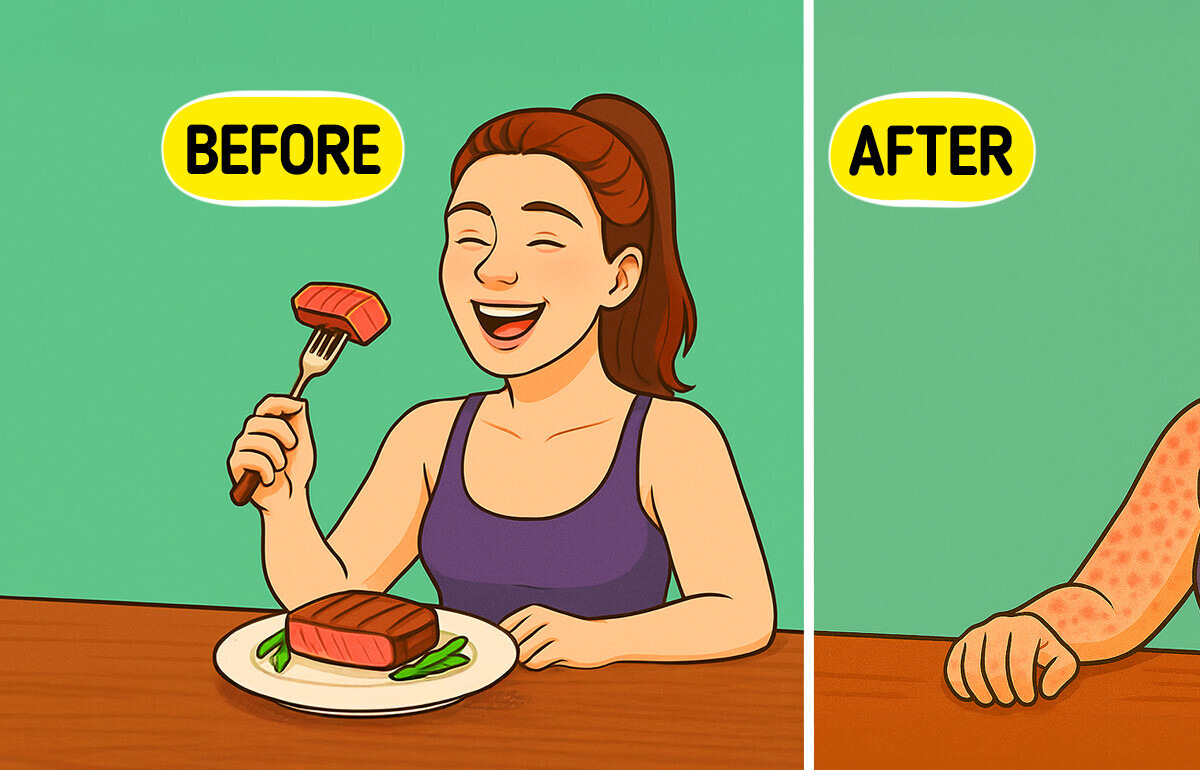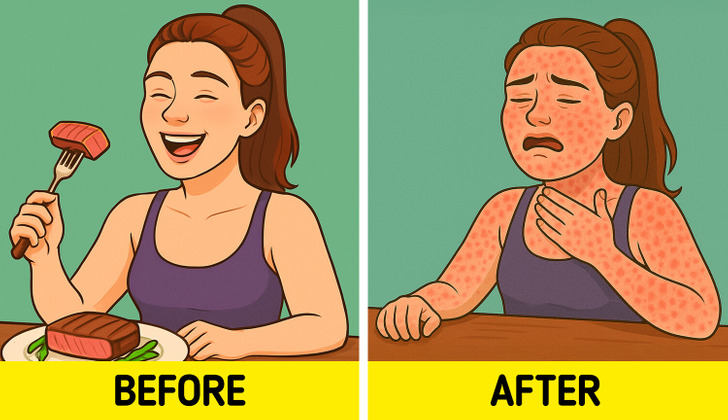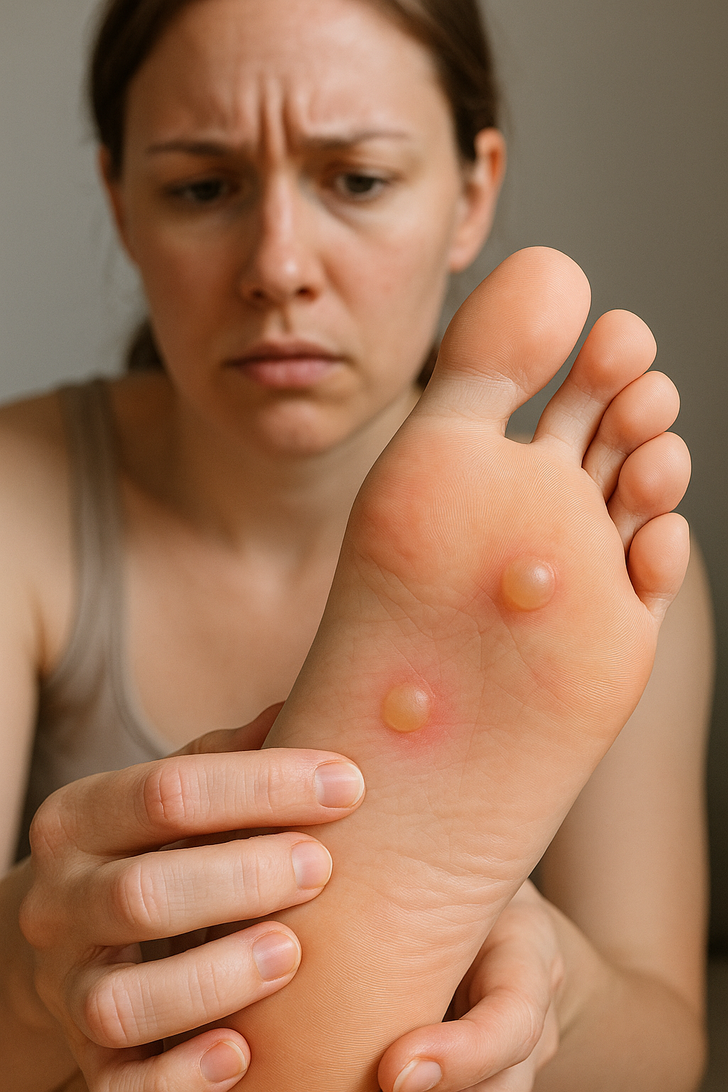20+ Vacation-Proof Manicure Ideas for Mountains, Beaches, and All-Inclusive Bliss


It’s just a small bite. No pain, no itching, sometimes not even a bump. But that sneaky little tick might be carrying more than just bad vibes. Tick bites can sometimes lead to serious health problems, and the scary part? Symptoms might show up days or even weeks later.
The key is knowing which symptoms are harmless and which ones mean it’s time to see a doctor. Let’s break it down so you know exactly what to watch for before a bite turns into something bigger.
DISCLAIMER: CONTENT IS PROVIDED FOR INFORMATIONAL PURPOSES ONLY AND IS NOT INTENDED AS A SUBSTITUTE FOR MEDICAL ADVICE. SEEK GUIDANCE FROM YOUR DOCTOR REGARDING YOUR HEALTH AND MEDICAL CONDITIONS.

When a certain tick bites you, it can sneak a sugar molecule called alpha‑gal into your bloodstream. This sugar comes from animals like cows, pigs, or sheep. Later, if you eat something like beef or pork, your immune system might freak out hours after dinner, think hives, stomach pain, or even trouble breathing, because it now sees that sugar as a threat.
This condition is known as alpha‑gal syndrome, and it’s different from typical food allergies because symptoms can show up 3–8 hours after eating, making it tricky to link back to what you had for dinner.
Sometimes, after removing a tick, the spot it left behind can feel uncomfortably itchy. Unlike mosquito bites, tick bites often don’t itch at first because the tick’s saliva numbs the area. But once that numbing effect fades, you might notice mild itchiness, redness, or swelling where the tick was attached.
This reaction isn’t a sign of Lyme disease, as it usually just means your body is reacting to tick saliva or a tiny allergic response. Itching is typically harmless but can be annoying. A cool compress or over-the-counter hydrocortisone cream usually helps calm it down.
One of the most notable tick-borne symptoms is a skin rash, often called erythema migrans or the “bull’s‑eye” rash. After an infected tick bite, usually 3 to 30 days later, a red, expanding spot can appear near the bite. It typically grows over days or weeks and can reach several inches wide.
Though many people picture it as a classic target with a clear center, that pattern shows up in only about 20% of cases in the U.S. Most rashes are uniformly red and growing, not ringed, and they aren’t painful or itchy, just warm to the touch, and often come with flu-like symptoms like fever or fatigue.

Sometimes, a tick bite doesn’t just leave a red bump, as it can even form a blister at the bite site. This happens because the tick’s saliva has various irritants and toxins that can irritate your skin as it feeds or afterward.
Usually, blisters pop up either while the tick is still attached or shortly after removal, and they’re generally harmless, a reaction to the bite rather than a sign of infection.
When a tick bites, it can transmit bacteria, like the Lyme-causing Borrelia, that prompt nearby lymph nodes to swell. These little glands, found in places like your neck, armpits, or groin, act like battle stations for your immune system. When they sense invaders, they fill up with immune cells and puff out, sometimes feeling tender or like small lumps underneath your skin.
This swelling typically shows up 3 to 30 days after the bite and often comes with flu-like symptoms like fever, fatigue, or aches, even if a rash isn’t present. It’s not always Lyme disease. Other tick-linked infections, like African tick bite fever, can also cause nearby lymph nodes to swell.

Feeling queasy or even throwing up after a tick bite can be a real symptom of some tick-borne illnesses, like an unfamiliar guest in your stomach. Conditions such as Rocky Mountain spotted fever, ehrlichiosis, anaplasmosis, babesiosis, and even Lyme disease can trigger nausea and vomiting, often alongside fever, headache, or stomach aches, typically appearing 1–14 days after the bite.
For example, Rocky Mountain fever usually starts with headache and nausea, or vomiting, within a week of a tick feeding. And ehrlichiosis, which strikes about 1–2 weeks after a bite, often brings nausea and vomiting along with chills and muscle aches.
Being able to recognize potentially dangerous health signs is important for ensuring a situation doesn’t get out of hand. Like it happens with earwax. Do you know which colors and textures should worry you?











